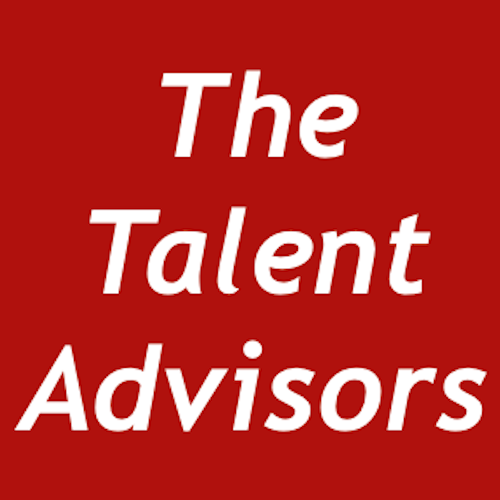CALMING DOUBT AND SELF-CRITICISM
This article is part of our Insights For Action series. Join the mailing list to receive this and more.
Thoughts of self-doubt feel very personal and may even be something that is sitting dormant waiting to emerge.
For coaching clients who raise these issues their self-imposed pressure is ever present. Will they be good enough? Will they be found out? Will they have the needed authority or power? Will the next role or assignment be the one that brings them undone?
Nearly all of us have felt anxious or heard the voice of our inner critic during our careers at one time or another. It can be after a promotion, moving into new job, entering a new workplace or taking on a first board role. For some, the feelings of anxiety are temporary and dissipate as one finds their feet. In other words, they are a sign that you are stretching your capabilities.
It is not unusual to feel powerful in some situations and powerless in others. In reality, we take up power and influence as a managerial leader in many different ways. Think of the 'power-to' of adaptive leadership, or the 'power-with' of cross-silo collaboration, or the nurturing of 'power-within' through mentoring / coaching cultures.
For some, like one of my coaching clients, ‘feeling like a fraud’ was turned into an advantage in that it helped him to think more deeply about his ideas and strategies, to seek others viewpoints, implement differently and learn about what is possible and what is not.
Then there are those for whom these thoughts linger and it starts to impact performance, work style and career choices.
Certain characteristics may come into play:
perfectionism
working hard and pushing to achieve
want results to be effortless as it signals natural talent
independent to the extent they avoid asking for help
discount achievements and praise
believe their knowledge and experience is not enough.
In order to change direction, you need to stop. Use the ‘pause’ or ‘freeze frame’ to find the still point of the corporate dance, to notice what is really happening from the balcony.
Then develop solutions that fit the personal context, power-dynamic and environment. This can include:
assess the origins of those thoughts
understand self-efficacy and locus of control beliefs
identify which thoughts (fear and failure) can be normalised
develop a better understanding of how to achieve and perform in roles
consider how the organisational culture or environment has an impact
know when ‘good enough’ is the right degree of perfectionism
rethink strategies to be more resilient
turn self-talk or inner dialogue of self-doubt into an asset, and reframe and design a balanced capability narrative.
In this excellent piece Quieting The Inner Critic (IMD magazine) by Professors Amanda Sinclair and Alyson Meister they suggest four strategies:
know that it’s (likely) about the context, not about you
revisit the birth of the critic
recognise that your internal critic is just a bundle of thoughts, not the truth or reality
be yourself lightly
They wisely conclude:
In times of stress our internal critics often amplify. It’s important to recognize this, and instead of listening to – or believing – that harsh voice, expand your repertoire and replace it with one that speaks with more insight and self-compassion.
Using a different 'executive mirror' can be comforting.
These quotes are from the KPMG report: Advancing the Future of Women in Business. The 2020 KPMG Women’s Leadership Summit Report
Discover what support we offer aspiring directors or coaching clients or be added to the distribution list for future articles.
Copyright and All Rights Reserved | About Dianne Jacobs


